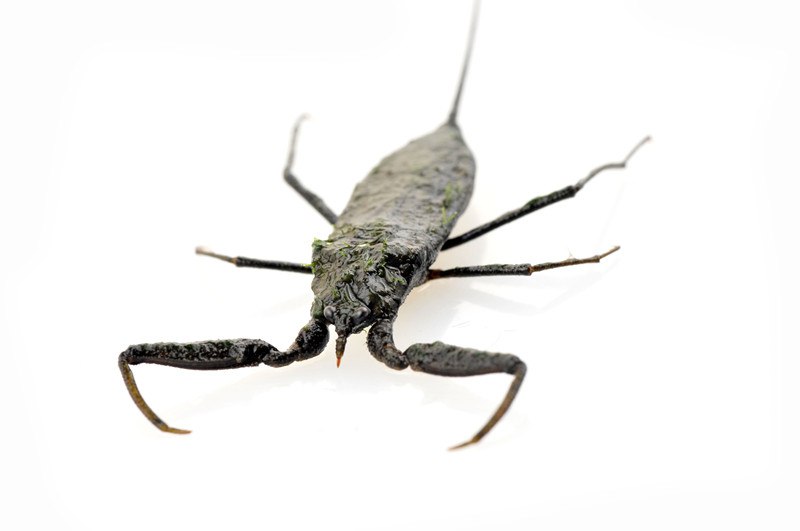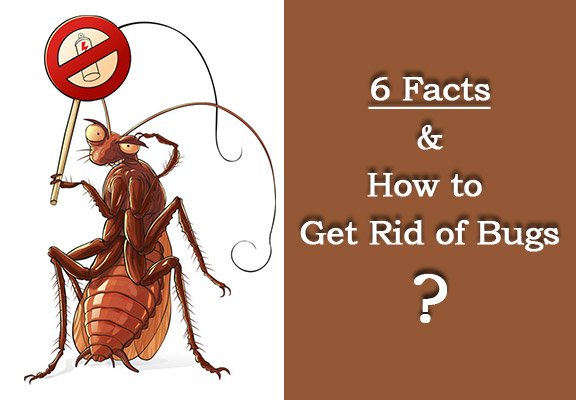Water striders are also known as pond skaters or sometimes water skippers. They are about 350 species of water striders. They are usually observed running in different groups in lakes or streams. They are dark in color, and they grow up to 5mm in length. They have short front legs which help them to capture aquatic insects in ponds. They also have wings on dorsal sides. They use their middle pair of hydrophilic legs for propulsion and their hind pairs for steering. The adult water striders come in two species i.e. one with wings n the other without wings. They are found all around the season, except when the water is frozen in the north. Their expected life is three years or more. The water striders have two antennae and four antennae segments. Their antennae help to identify the species of these aquatic creatures. The thorax of water strider is said to be very long and narrow. It is relatively small in size. The length of water strider ranges from 1.6mm to 36mm.
Read moreWater Strider: 8 General Facts and How to Get Rid of Them




